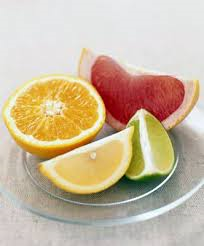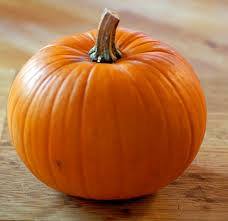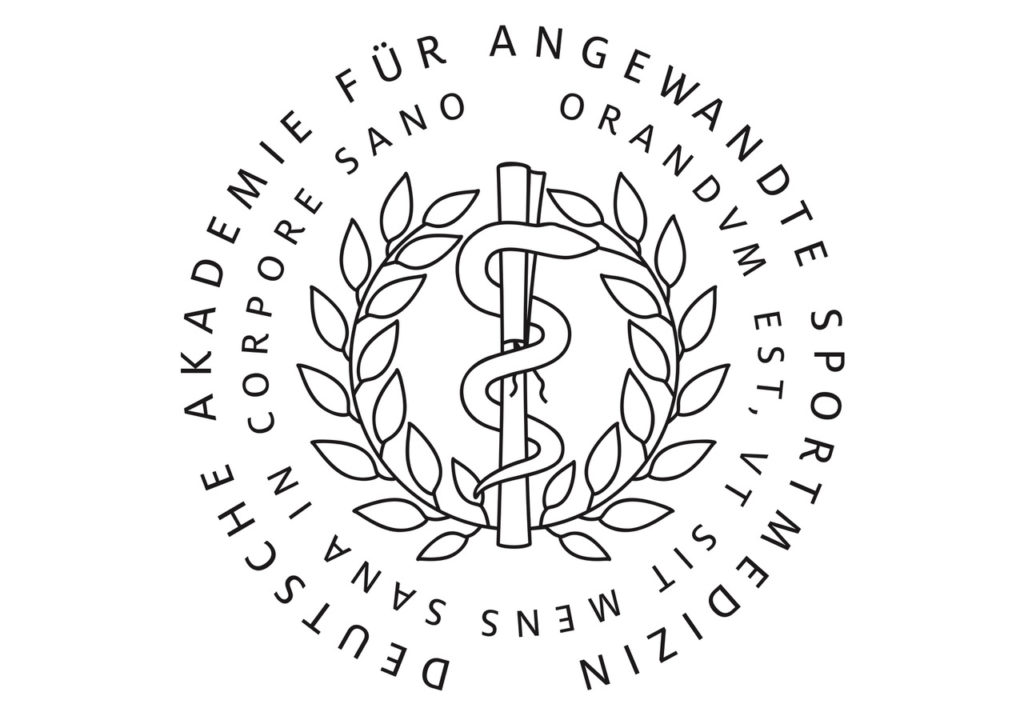Main Menu
Latest Blog Entry
User login
“What are the best vegetables to eat?”
Powerhouse your diet with the best fruit and veg

Scurvy busters
Scurvy has made a reappearance in Australia with only 7% of Australians eating enough vegetables every day. Less than half eat 2 portions of fruit or more too!
Before trying to get “specific sports nutrition advice” you have to take care of the basics.
A recent study1 has identified 41 “Powerhouse” Fruit and Vegetables which can significantly improve health. These nutrient dense foods have been found to be the most effective in reducing chronic disease.
Here is a review of the main findings of the research, as well as some practical guidance for getting the most out of your nutrition:
Research
The study by the Centers for Disease Control and Prevention1 took numerous fruit and vegetables and analysed their nutrient content based on the 17 nutrients of public health importance:
- Macronutrients– Protein, Fibre
- Minerals– Iron, Potassium, Calcium, Zinc
- Vitamins– A, B(Niacin, Folate, Riboflavin, Thiamin, B6, B12), C, D, E, & K
The foods were assigned a nutrient density score based on the bioavailability of the given nutrients. The highest scoring foods were classed as Powerhouse Fruit and Vegetables and are listed below in their categories.
- Cruciferous- watercress, Chinese cabbage, kale, arugula, Broccoli, Cauliflower
- Green Leafy- chard, beet green, spinach, chicory, leaf lettuce, romain lettuce, kale
- Yellow/orange– carrot, tomato, winter squash, sweet potato, pumpkin
- Allium- scallion, leek
- Citrus- lemon, orange, lime, red and pink grapefruit
- Berry– strawberry, blackberry
How many of these foods are you currently getting into your diet?
 All these foods contain nutrients which reduce your chances of getting ill, meaning you can spend more time training and competing.
All these foods contain nutrients which reduce your chances of getting ill, meaning you can spend more time training and competing.
It is important to eat a variety of these fruit and vegetables to ensure that your body is receiving all of the vitamins and minerals it needs. You should aim to include at least one or two of these foods with every meal.
For example, in order to enjoy a healthy breakfast, include some blackberries and strawberries in a bowl of porridge, with some chopped nuts for extra protein.
Even simple additions to your daily diet such as a bag of fresh mixed green salad leaves with your lunch, or snacking on fresh fruit, will pay big dividends.
As with all good training, diet and lifestyle practices, it comes down to forming a habit. To learn more about habit forming, and for tips on how to implement positive changes to your routine, read here.
Eating for competition
 When planning your meals around training and competition, it is still important to maintain a good intake of nutrients to help your body recover.
When planning your meals around training and competition, it is still important to maintain a good intake of nutrients to help your body recover.
However one nutrient which should be limited directly prior to training or competition is fibre, as it is hard to digest and can potentially lead to gastric discomfort.
For more information on this, read our guide on Eating for competition.
Matt Durber
References
Di Noia, J. (2014) Defining Powerhouse Fruit and Vegetables: A Nutrient Density Approach Preventing Chronic Disease, 11
Client Testimonials
 German Academy of Applied Sports Medicine (DAASM)
German Academy of Applied Sports Medicine (DAASM)
James Marshall is a master of his field. He knows how to turn a big audience hall into a small seminar setting, where he picks everyone up. One of the finest invited speakers DAASM has ever had the privilege to announce. Dr. Dr. Homayun Gharavi Founder & President of DAASM
More


Comments
[…] The best fruit and veg to eat for health […]
NICE GUIDE